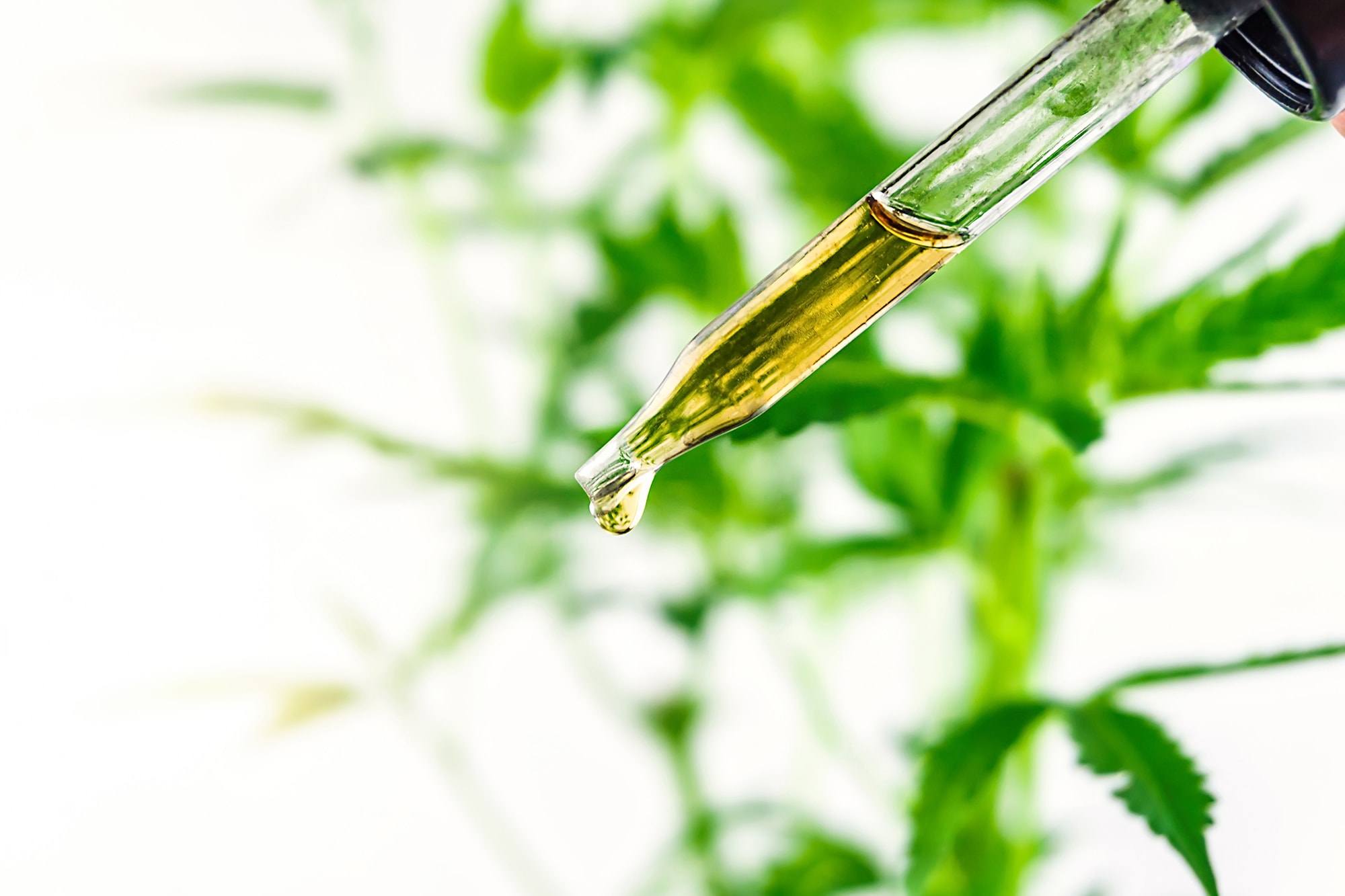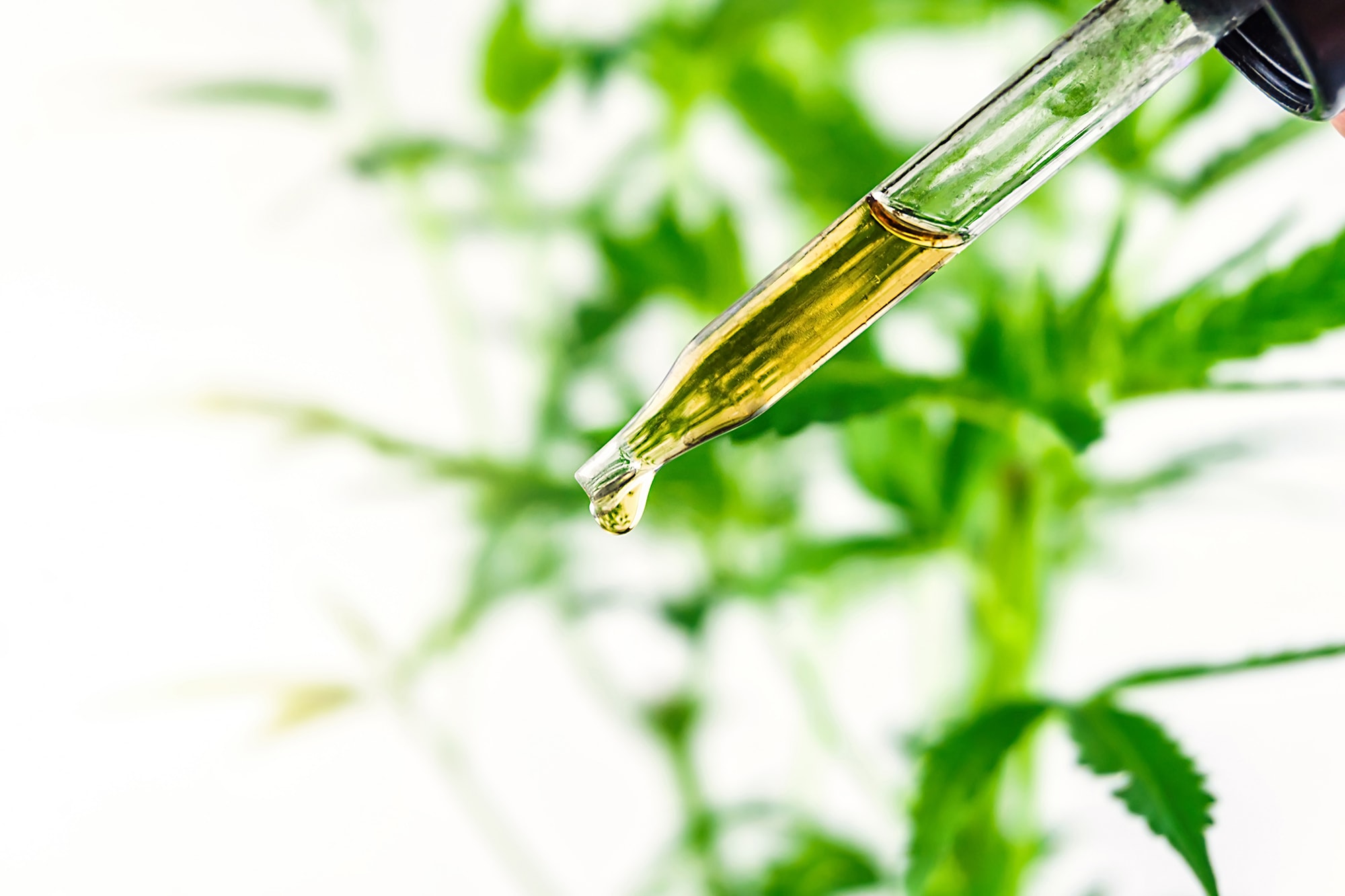By Andrew Ward
Cannabis is a complex plant containing hundreds of compounds essential to creating each strain's unique effects. Cannabis oil contains many of those beneficial , aromatic and flavor properties in full spectrum, or full plant, oil. Creating high-quality full spectrum oil is a labor of love, requiring ample amounts of sourcing and meticulous lab testing along the way.
ABX adheres to a strict policy that ensures only the highest-quality California cultivars get used, regularly testing each plant before reaching consumers like you.
It starts with sourcing
ABX relies on superior in-house and partner cultivators to create our product lines, such as Farmer and the Felon. Sourcing primarily occurs in Northern California's Mendocino, Lake and Sonoma Counties, where robust strain profiles are available in large volumes. Cultivar specificity is essential, as are terpene profiles, especially when sourcing OG strains like Sour Diesel, Granddaddy Purple and Blackberry Kush.
The pressure mounts: CO2 Extraction
The selected strains go into CO2 extractors, where we begin the subcritical liquid CO2 extraction phase. This six-hour step pulls out heavy terpenes, extracting a dark terpene fraction from the biomass. Be sure to notice its earthy aroma.
From there, the pressure and temperature turn to supercritical levels. Pressure increases to about 1400 PSI, and temperature to 70ºF - 80ºF, allowing the supercritical CO2 to have the ideal solvent properties for extracting cannabinoids from plant matter.
Winterization: Removing plant waxes
The next step removes fatty plant waxes from the crude. This process is called winterization.
Organic corn Ethanol is used to dissolve the crude oil, allowing the waxes to begin to coagulate at the top layer of the solution, resembling a miso soup.
Next, we use a cryo-freezing process to drop the ethanol's solubility, further forcing the waxes to form larger crystal-like lipid structures. The wax is then removed using a variety of filters, leaving a tincture solution. Next, we recover the ethanol using rotary or falling film evaporators.
The Last Step: Devolatilization, decarbing and reintroducing
Decarboxylation is an essential step that converts THCA cannabinoids to THC via time and temperature. This step completes the cannabinoid conversion process while also removing any remaining ethanol and degraded terpenes from the oil.
Once complete, we reintroduce the terpenes to the oil before it is sent to be packaged into a vape cartridge.
Frequent lab testing
Quality products are nothing without certificates of analysis. To ensure an item is compliant, producers regularly test products during the production and packaging processes.
Producers in California must ensure their products are below mandated limits of 66 different pesticides, four heavy metals, eight residual solvents, and microbial contamination. Potency is just as important, with caps limiting product contents and potency targets needing to hit the amounts claimed on packaging within 12%. Potencies can fluctuate during production, making it essential that concentrates are tested regularly during development.
ABX has always focused on safety and quality, even before the state passed its regulations. We rely on third-party analysis to ensure products remain compliant and safe throughout their life cycle. ABX's certificates of analysis also include complete terpene profile analysis, which you can find on our website and product packaging.
The entourage effect: Why every compound counts
Today, consumers often get misled, being told that it's all about THC potency. In truth, potency is just one part of a massive equation that includes every plant compound.
Each plant compound has its unique properties, helping create the whole plant experience with its diverse effects. This synergistic effect is called the Entourage Effect. That isn't the case with distillate-only products, where you can end up with a limited cannabinoid spectrum and the potential absence of terpenes.
Think it over before choosing. The highest possible THC content may seem beneficial to some, but also consider the full plant effect. Every individual terpene compound helps determine if strains are indica- or sativa- leaning. They each play a part in creating the flavors, aromas and effects that lead us to have our preferred cultivars.
Distillate-only consumers miss out on these unique properties, finding themselves limited to one or just a few compounds. Instead of a 90+% potent, distilled product, consider a substantial dose of THC, around 70 to 80%, that comes with the other essential cannabis compounds. In most cases, the results will speak for themselves.

